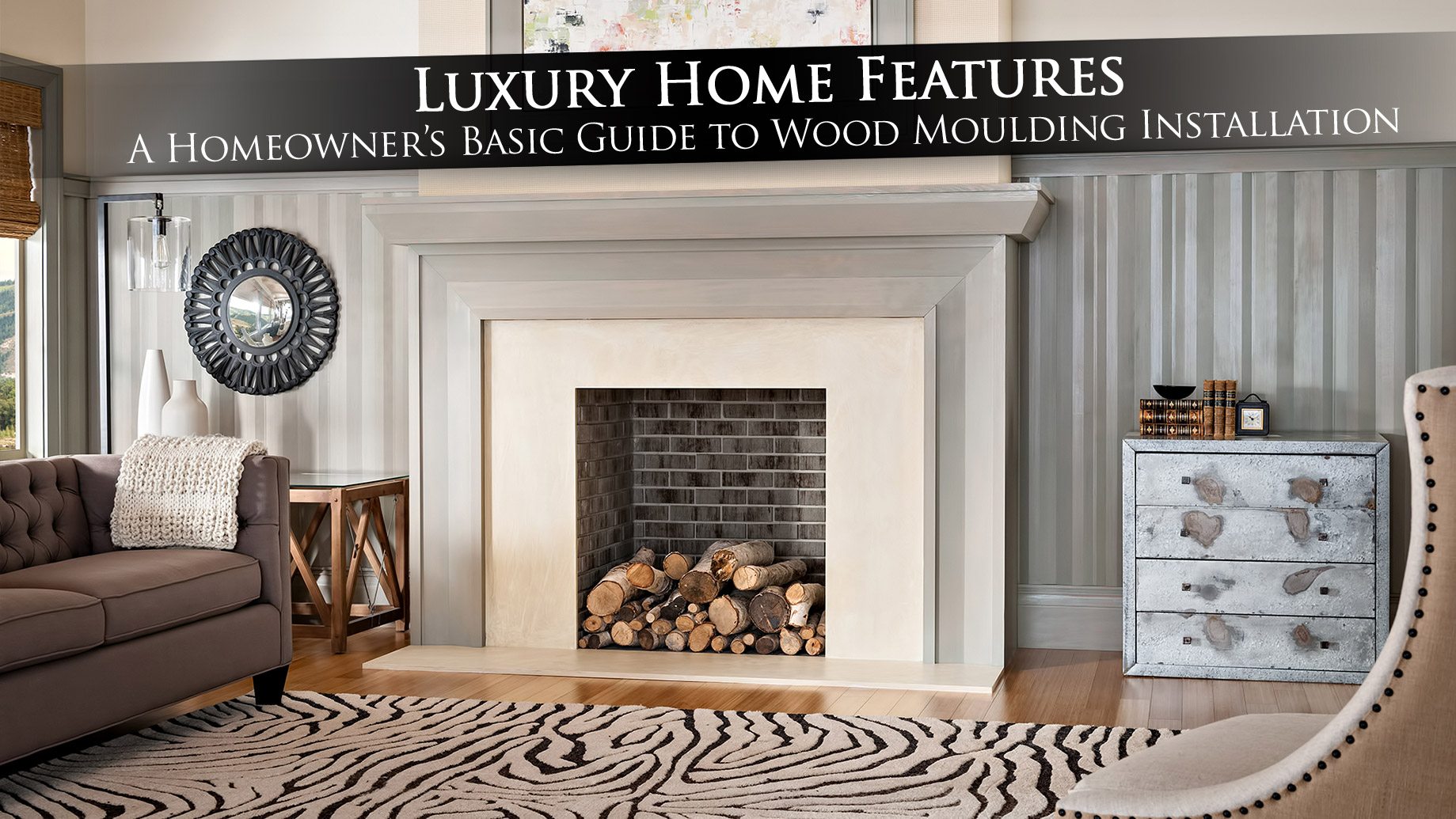
Adding that luxury touch to almost any home can easily be achieved by installing or upgrading a decorative moulding to the interior. Higher end applications are best suited for wood molding features used in many luxury homes. Wood moulding installation, regardless of the kind of moulding you plan to work on, employs the same techniques. The success of your moulding installation will depend mainly on the quality of wood you use for your project.
Find out the best types of wood moulding for each room of your home before attempting to start. Different grades and species of wood mouldings are available, which can be categorized as either clear or paint grade.
Check the kind of moulding appropriate for your project and install it using the given steps below.
Basic Installation Steps
Wood moulding can be added to ceiling, floors, windows, or doors as a decorative touch. Here are the basic steps to installing wood moulding at home.
- Cut the different pieces to the correct size. Ensuring that the pieces are cut to the appropriate size is a crucial step of the installation.
- It is best to attach molding into a stud, which is a wooden internal support structure in the wall. Find and mark the studs with a stud finder or any method.
- Glue the edges that will make contact with the ceiling or wall. Use only an appropriate amount of glue and avoid placing glue too close to the edge to prevent seepage.
- When you have glued the piece, mark the place where the piece needs to line up against the ceiling using a pencil. Place it in position and adjust until it fits neatly. If the ceiling is uneven, a wall laser-level will be helpful. To give room for dips in the ceiling, use a box cutter to trim the moulding a tad off its top.
- When the moulding is glued in place, nail it in place by putting a nail into the stud nearest the end of the piece. Using a nail gun will provide more ease in this step. Only nail the moulding in through the stud or the frame since nailing somewhere else may result to accidentally hitting wiring or a pipe.
- Using a nail setter, push the exposed nails in. You will need wood putty or wall patching paste to mask and fill holes from the nails. The gaps between the wall and the moulding should be caulked.
Caulking is particularly useful around windows and doors to help minimize moisture issues. You can then use paint as needed to hide repairs.
How to Cut Inside Corners
- Measure the distance between the corner and the last board end. Prepare a piece of moulding with this length. Measure and cut moulding pieces for both sides of the corner.
- Miter the ends of your corner pieces at 45°, with the long part on the back side, where the moulding will be in contact with the wall. This should ensure that the corner pieces will fit together.
The backside length is now longer than the front side length. For inside corners, its backside length is just equal to the length of the wall needed to cover.
- Place glue to the sides of the moulding, touching the ceiling or wall, and place them in position. Ensure that the pieces have a perfect fit.
- When they have been placed in position, it’s time to nail the moulding through the studs, being careful not to get very close to the edges to avoid cracking.
How to Cut Rounded Corners
- Take the total angle of the corner and divide it with the number of ends being used in making the turn. Corner angles are usually 90°, and if you are using three pieces of moulding, you will have four ends to make the turn and will need to cut the ends at 22.5°.
- Measure and cut the two side pieces with 22.5° angled ends such that the shorter, inside point stops where the wall starts to curve. Fit the pieces and mark their end positions on the wall with a pencil.
- Measure the distance between the two pieces at the base and this will be the transition piece’s measurement.
- Cut the transition moulding piece with 22.5° angles on both sides. The angled sides will face the surface of the other pieces. Avoid making the piece too long to ensure a good fit.
- Place all the pieces together using glue and then secure them using a nail as usual.
- If you are not comfortable with using a transition piece, try making regular corners and plaster the gap that is formed.
Wood mouldings are usually used for decorative purposes by adding texture and pattern to a ceiling, wall, door or window. Essential skills in installing wood moulding at home include precise measurements and cutting. Whether planning to repair a broken moulding or want to add a decorative touch to your home, use the given steps above to install wood moulding.